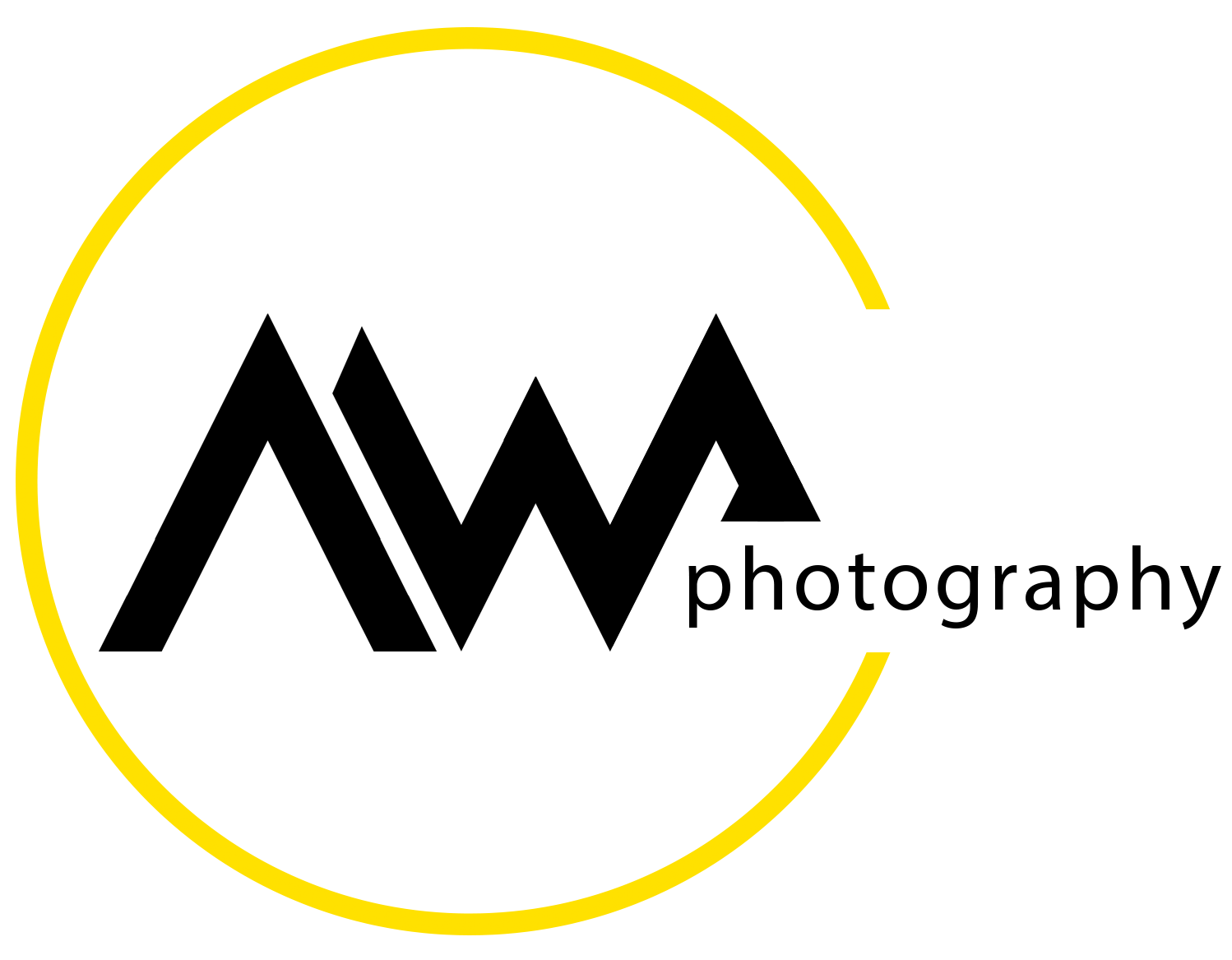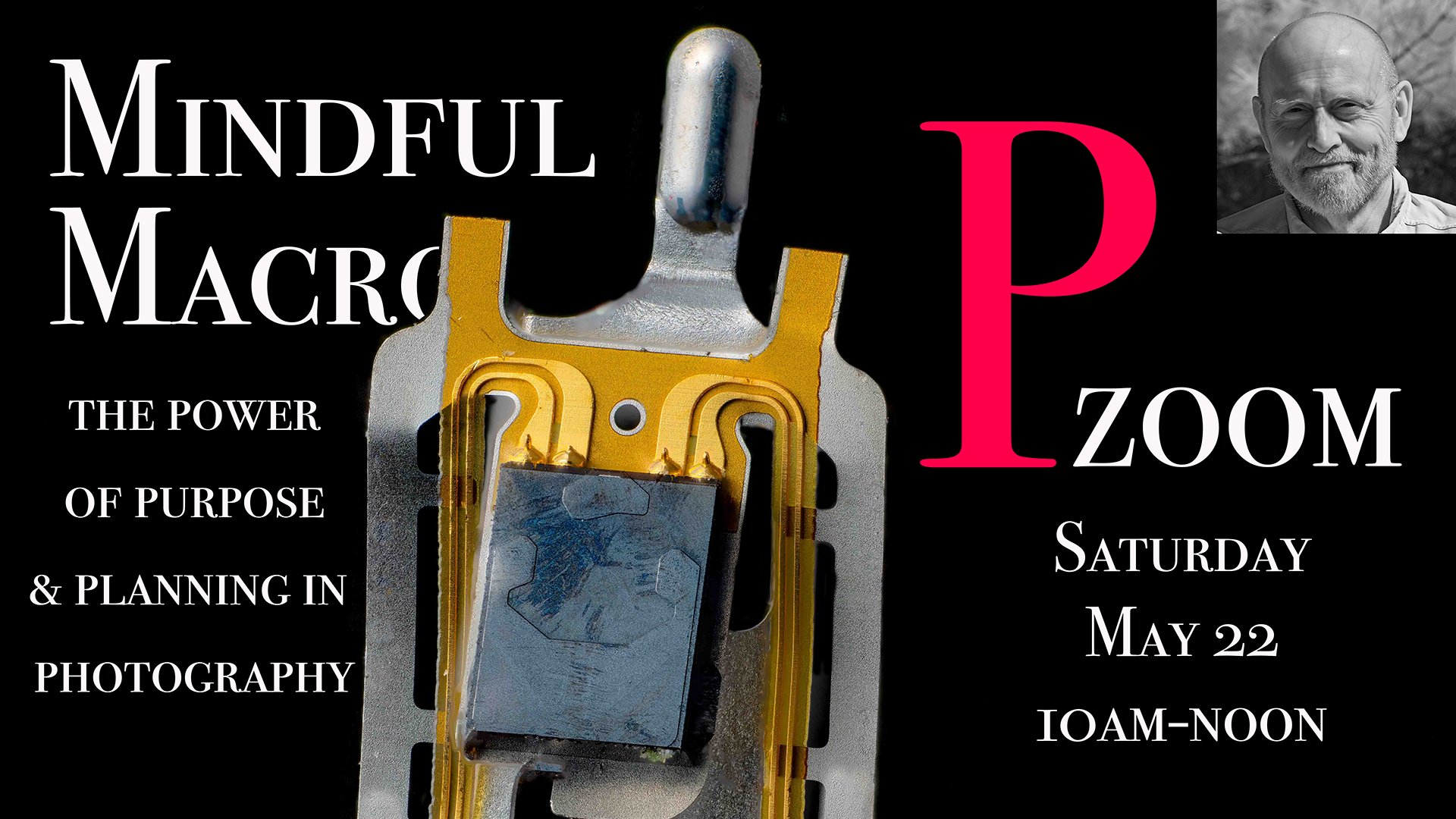The Ethics of Macro
/Before we get into the topic of today’s post, let me give you a quick rundown of what you can expect this week…
We kick things off tomorrow with Macro Talk at 8PM when I will be talking about the practical considerations of insect collection for macro photography. This will include the target insects, finding habitat, tools for collection, storage and transportation, and the application of AI to improve our success rate. The link for the stream is here - https://youtube.com/live/ZVxpZGJQw8U?feature=share
On Thursday, in Macro Talk Too, we change gears completely and take a hard look at the ethical issues involved the catching and killing of insects for photography. This will include a discussion of how my own thought on the matter have evolved in the year since we last had this discussion. The link to this Livestream is right here - https://youtube.com/live/gUawWEGQxMI?feature=share
A big day is coming on Saturday the 24th of May when I kick things off with Pzoom, starting at 10am and running until 2PM. In this edition of the twice-monthly Patreon-only get-together we will open the meeting for any updates, questions, and introductions and in the second half of the gathering I will talk about the purpose and application of planning in macro photography. If you are a member of my Patreon group, your invitation to this meeting will be posted over on Patreon, tomorrow. If you are not yet a member of Patreon, please consider coming aboard! It is a great group of people with a wealth of experience and knowledge to share and your participation helps the channel to stay afloat in these challenging times. Please visit https://www.patreon.com/allanwallsphotography to learn more.
Right after Pzoom we have another edition of Tangent, an exciting 3D modeling and printing discussion led by Larry Strunk. The meeting is free and the invitation that you will need to get in is right here - Allan Walls is inviting you to a scheduled Zoom meeting.
Topic: Tangent with Larry Strunk
Time: May 24, 2025 12:30 PM Central Time (US and Canada)
Join Zoom Meeting
https://us02web.zoom.us/j/6916802815?pwd=TS9tZi9ZL1NXeVUvOUF4eTg5YjdlZz09&omn=86781500269
Meeting ID: 691 680 2815
Passcode: 678122
Which is everything coming up this week!
Getting back to this post, I wanted to give you some background concerning the ethical issues around macro photography. My hope is that this will help you get the most out of this week’s livestreams by introducing you to some of the key issues that relate to our conduct as macro photographers.
The ethical issues surrounding macro photography, particularly involving live subjects, have always existed — but in recent years, they’ve come into sharper focus as public awareness of environmental and animal welfare concerns has grown. As macro photographers, we often walk a fine line between observation and intervention. The intention is usually to educate, to celebrate the hidden beauty of the natural world. But that doesn’t exempt us from scrutiny — nor should it.
There are three primary areas where ethical questions tend to arise in our field:
1. Collection and Handling of Live Subjects
One of the most emotionally charged questions in macro photography is whether it’s acceptable to collect, restrain, or euthanize insects and other small creatures for the sake of a photograph.
This concern grows from both the conservation movement and the broader moral stance against causing harm to sentient life. While insects are not protected in the same way as vertebrates in most countries, our evolving understanding of invertebrate perception, cognition, and response to harm makes this a growing area of debate.
Even if the subject is common and abundant, does killing it for artistic or educational purposes cross a line?
2. Staging and Manipulation of Behavior
Many macro photographers employ cooling, restraint, or staged habitats to slow their subjects for better control — particularly in focus stacking or motion-sensitive scenes.
Techniques that are common in studio macro photography (refrigeration, confining the insect in a transparent cube or vial, placing subjects on inauthentic surfaces) have begun to draw criticism as AI-generated images challenge what’s possible without using real animals at all.
Is temporary suffering, disorientation, or manipulation of natural behavior justified by the final image?
3. The Image as a Statement — and the Photographer’s Responsibility
Every photo implies a point of view. Even when we think we are simply documenting, we are choosing what to show and what to hide — which can have real-world consequences.
As images circulate online without context, especially through social media and contests, there is a tendency to forget that photographs can reinforce false ideas about nature — such as pristine, untouched beauty or the docility of wild insects.
Are we unintentionally misleading our audience? Or worse, encouraging irresponsible behaviors in other photographers?
These are not abstract questions. They touch the very heart of what we do as macro photographers. And while many of us entered this field with an ethos of wonder and reverence, we may find ourselves using methods or adopting habits that deserve a second look.
We’ll be digging deeply into this topic on Thursday’s livestream, and I’ll be sharing how my own thinking has changed over the past year — especially in light of some difficult conversations with friends and colleagues who see things differently.
I won’t offer any definitive answers here — not yet. For now, I invite you to come to Thursday’s Macro Talk Too, prepared not just to listen, but to reflect. Bring your questions. Bring your discomfort. This is an issue that deserves our honesty and our attention.
P.S. … What did you do this past weekend? Here is what I did!
Tonight I will be wrapping and packing, addressing labels, and printing invoices. The testing is all done and the first batch of XP3BIOs will be shipping out whenever I can get to the Post Office. An update on the Focus Blocks will be given during tomorrow Livestream!
See you then!














